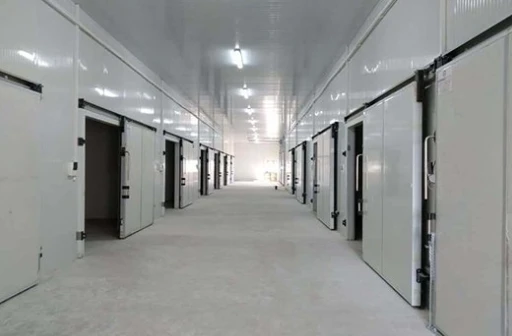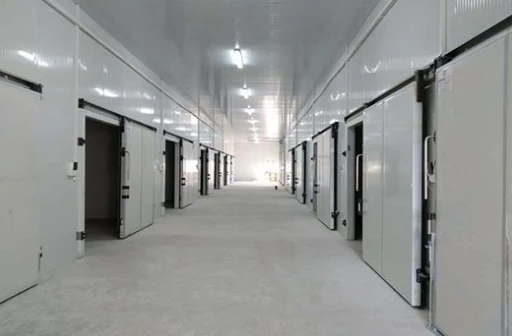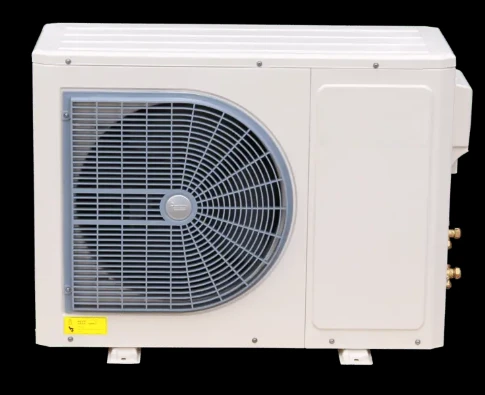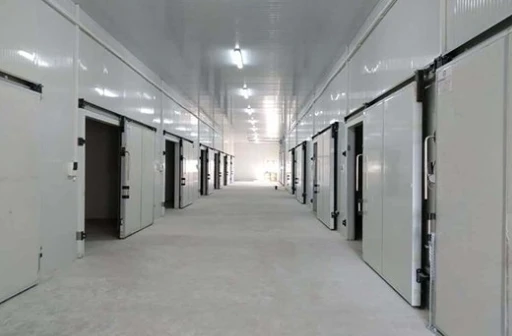Cool Room Price
Cool rooms, also known as cold storage or refrigerated rooms, are essential for businesses that require consistent temperature control to store perishable goods. They are commonly used in industries such as food and beverage, pharmaceuticals, and floriculture. The cost of installing a cool room can vary significantly based on several factors. In this article, we will explore these factors in detail, giving you a comprehensive understanding of what influences the price of a cool room.
First, let's discuss the size of the cool room. Larger rooms require more materials, such as insulation panels, and typically need more powerful refrigeration systems to maintain the desired temperature. As a result, a larger cool room generally costs more to build and maintain. Small cool rooms might be suitable for small businesses or personal use, while larger ones are often found in industrial settings, such as warehouses or processing plants.
The type of refrigeration system is another significant factor. There are various options, including air-cooled, water-cooled, and glycol-cooled systems. Air-cooled systems tend to be more affordable and easier to maintain, but they might not be as efficient in extremely hot climates. Water-cooled systems, while more efficient, require a constant water supply and might involve higher installation costs due to the additional plumbing work. Glycol-cooled systems are typically used in larger installations where heat recovery is a consideration. The choice of refrigeration system will directly impact the overall cost of the cool room.
Next, let's consider the insulation material. The quality and thickness of the insulation play a critical role in maintaining temperature consistency. Common insulation materials include polyurethane and polystyrene. Polyurethane tends to offer better insulation properties but is generally more expensive. Polystyrene, while more affordable, might require additional insulation layers to achieve the same level of thermal efficiency. The choice between these materials can affect both the initial cost and the ongoing energy costs of the cool room.
Additional features can also influence the price. For example, cool rooms may require specialized doors, such as rapid roll-up doors or swing doors, which are designed to minimize temperature fluctuations. Lighting, temperature monitoring systems, and shelving are other components that can add to the cost. Advanced monitoring systems with remote access capabilities are becoming increasingly popular, allowing businesses to monitor temperature and other conditions in real-time, but these features come at a premium.
Labor costs for installation and maintenance are another consideration. Depending on your location and the complexity of the cool room, labor costs can vary widely. It's essential to work with experienced professionals who understand the technical requirements and safety regulations for cool rooms. While cutting corners on labor might save money upfront, it can lead to costly repairs and maintenance down the line.
Finally, the location of the cool room can also impact the price. Local building codes, energy costs, and transportation logistics for materials all play a role in determining the final cost. In urban areas, where space is at a premium, you might also incur higher costs due to zoning restrictions or the need for specialized equipment to install the cool room.
In summary, the price of a cool room depends on multiple factors, including size, type of refrigeration system, insulation material, additional features, labor costs, and location. When planning your cool room, it's crucial to consider these factors carefully to ensure you're getting the best value for your investment. Remember that while the initial cost is important, ongoing operating costs and maintenance should also be taken into account when making your decision.






